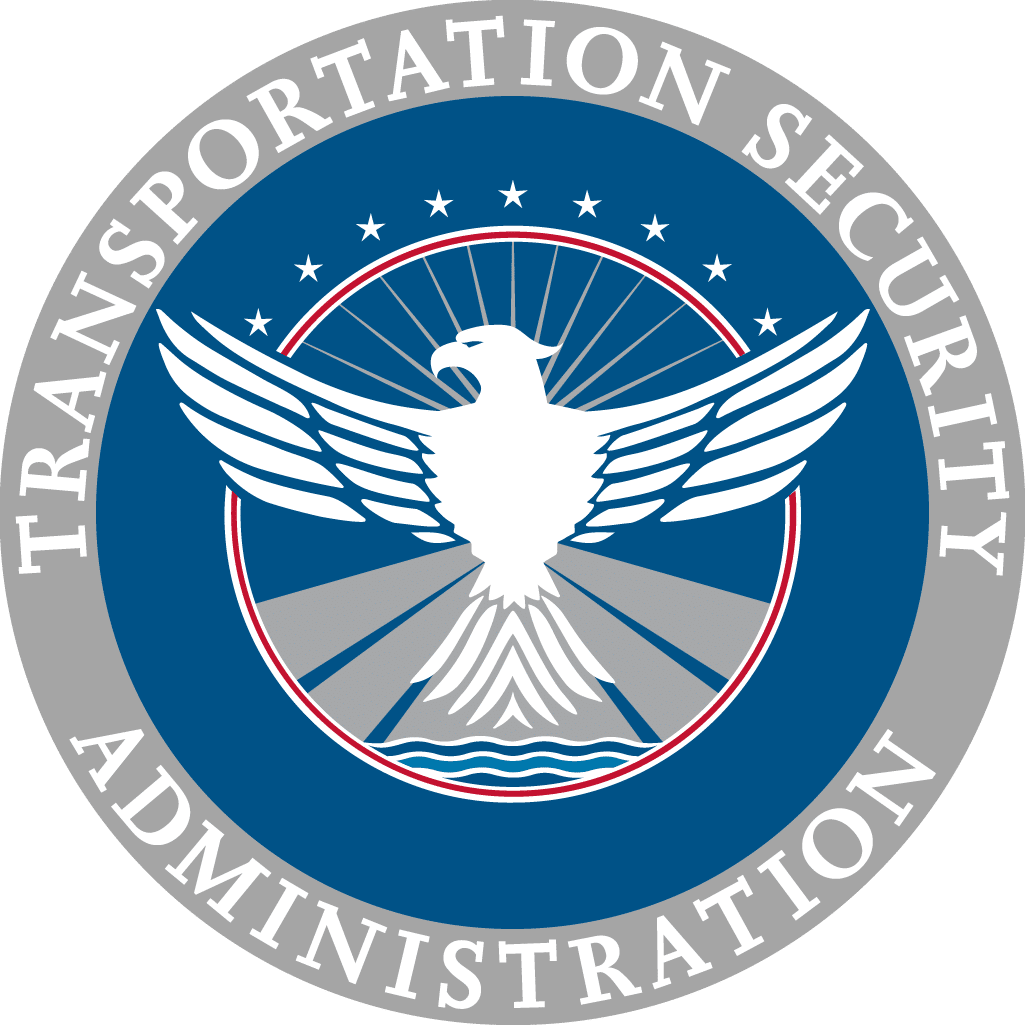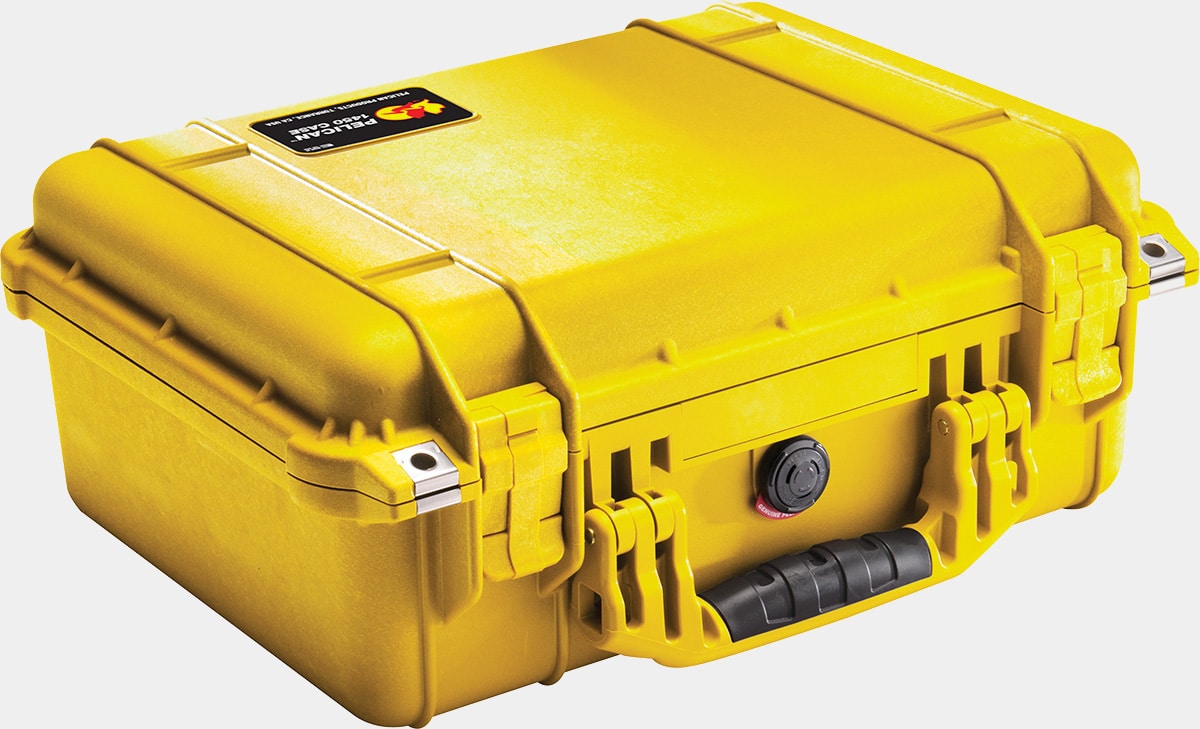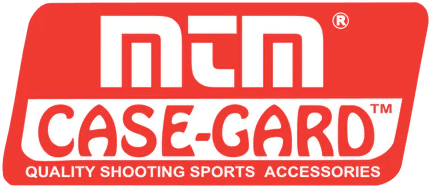Traveling with Checked Firearms Best Practices
May 30th, 2023
8 minute read
Editor’s Note: This article does not constitute legal advice. Before traveling with a firearm, please consult TSA policies as well as applicable federal, state and local laws.
Owning firearms for self-defense is becoming more and more common these days. Once someone begins carrying a self-defense pistol on a regular basis, they don’t want to leave home without it. It is completely reasonable for a person who carries a personal protection gun in their home state to carry one when traveling to unfamiliar places. If people could predict when and where a violent attack would happen, they should stay home that day. Since these things cannot be predicted, law-abiding citizens should prepare for the worst and hope for the best.
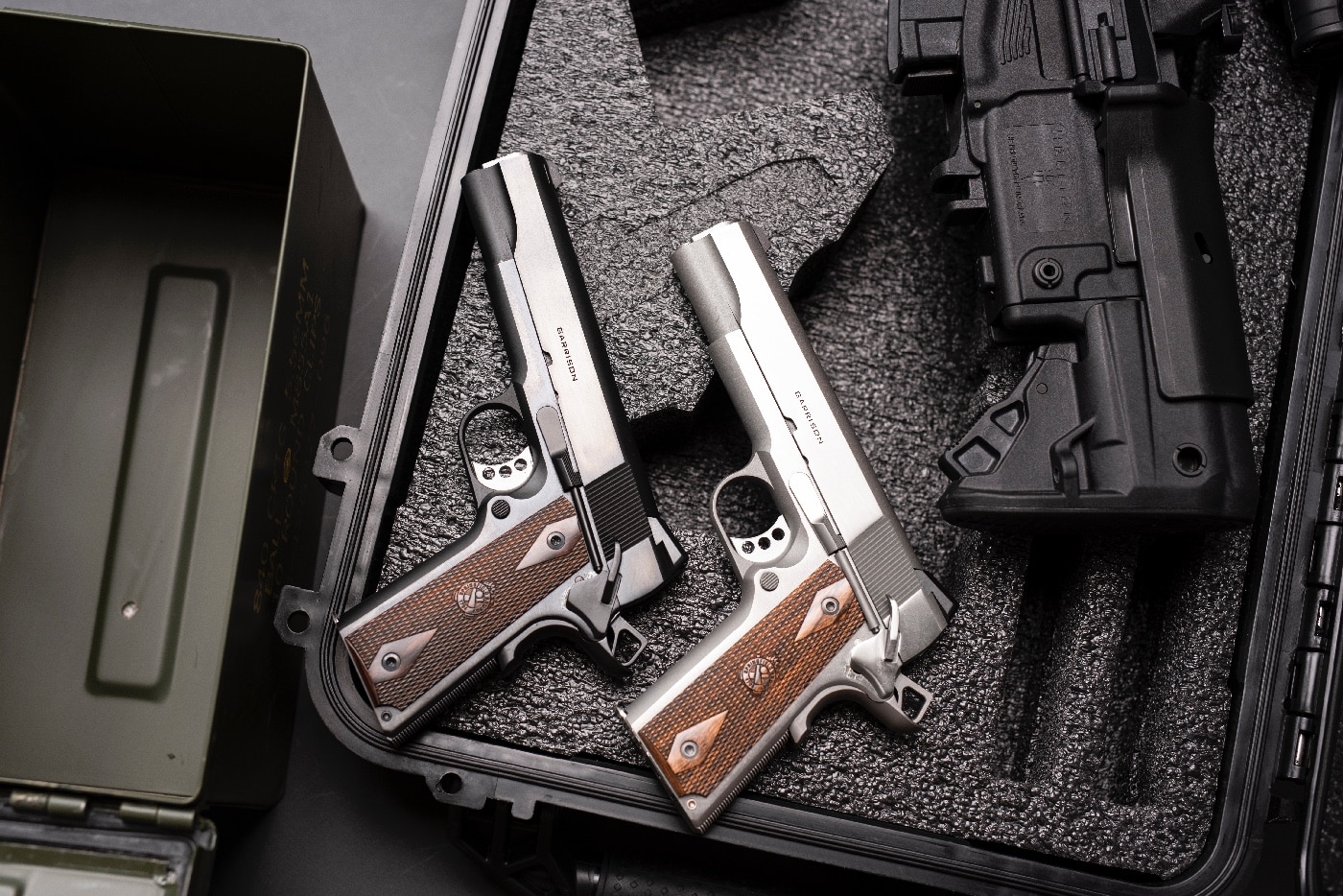
It’s perfectly legal to travel by air with a firearm in checked baggage — but few gun owners do. The reason most often given by the people whom I train is that they don’t understand the process for flying with a gun. This article, and the accompanying photos, is intended to help understand the process of packing a firearm for air travel, declaring it and checking in with the airline.
I’m going to share several personal tips that are intended to make traveling with guns as simple and problem-free as possible. My practices have evolved over the years based on changes in airline and TSA policies — some publicized, some not.
The Rules
Federal law and rules require a firearm (including empty magazines and ammunition) to be transported aboard a commercial airliner as checked baggage. The case holding it all must be hard-sided and locked, and the gun must be unloaded.
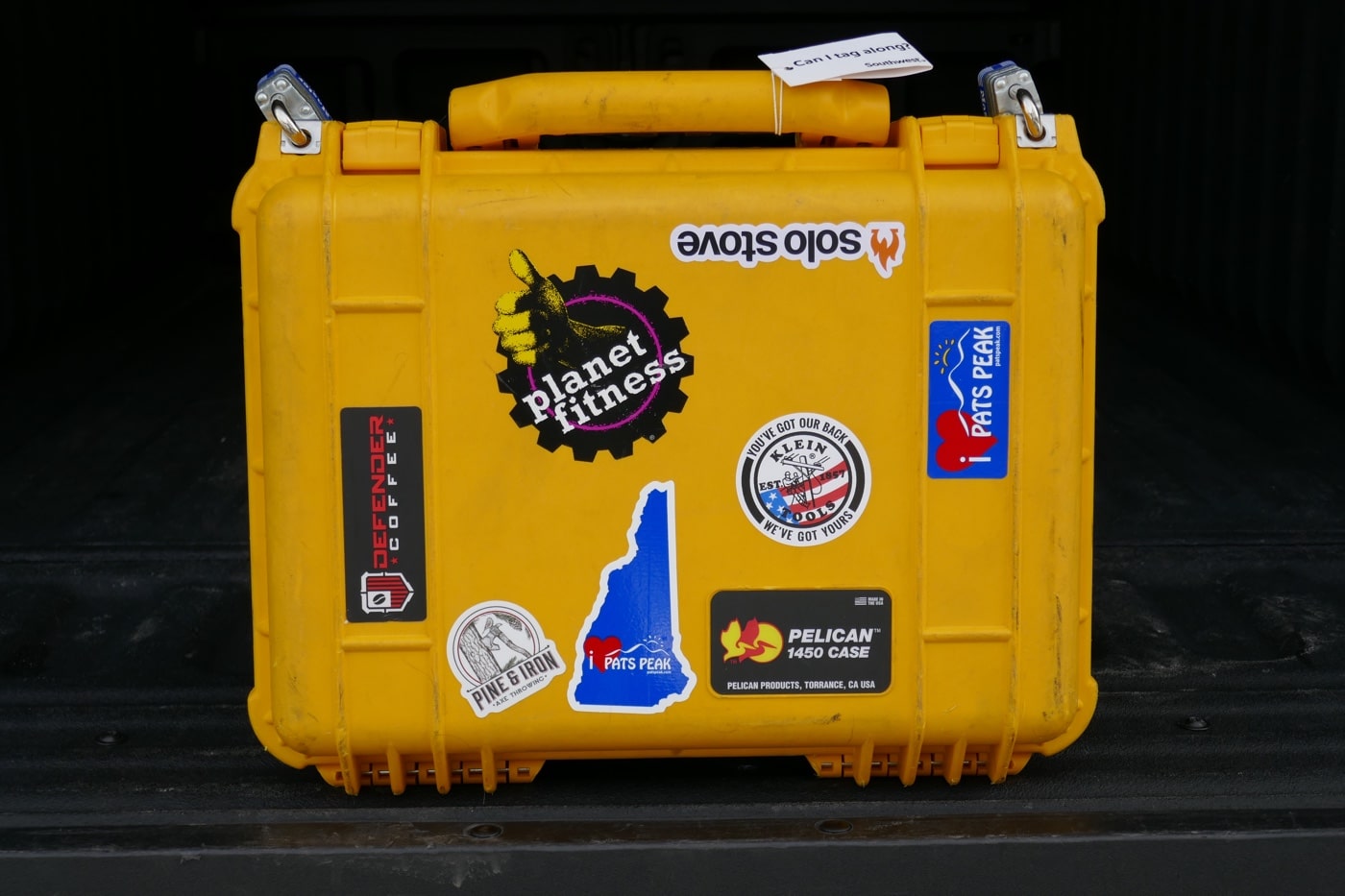
I begin my preparations for traveling by air with my self-defense gun when I’m still at home. No matter what airline I’m flying on or what city I am leaving from, I pack and check pistols the same way for every trip.
About a week before a trip, I visit the airline’s website and download and print their specific rules as well as the Transportation Security Administration (TSA) Rules that can be found at this link. Make sure to print the date and time on the top or bottom of each page to address any claims that “those are old rules and have been updated.”

A paper copy is very important as airline and TSA employees will likely not read the rules on your cell phone, and many are unaware or unsure of what is and is not allowed with respect to checked firearms and ammunition. It also doesn’t hurt to highlight the sections that explain that ammunition is allowed in the same case as guns. At least one airline’s policy does not explicitly state that ammunition may be transported in the same locked case as a gun. If your airline has a vague policy, check in at least two hours before boarding time so that any issues can be resolved.
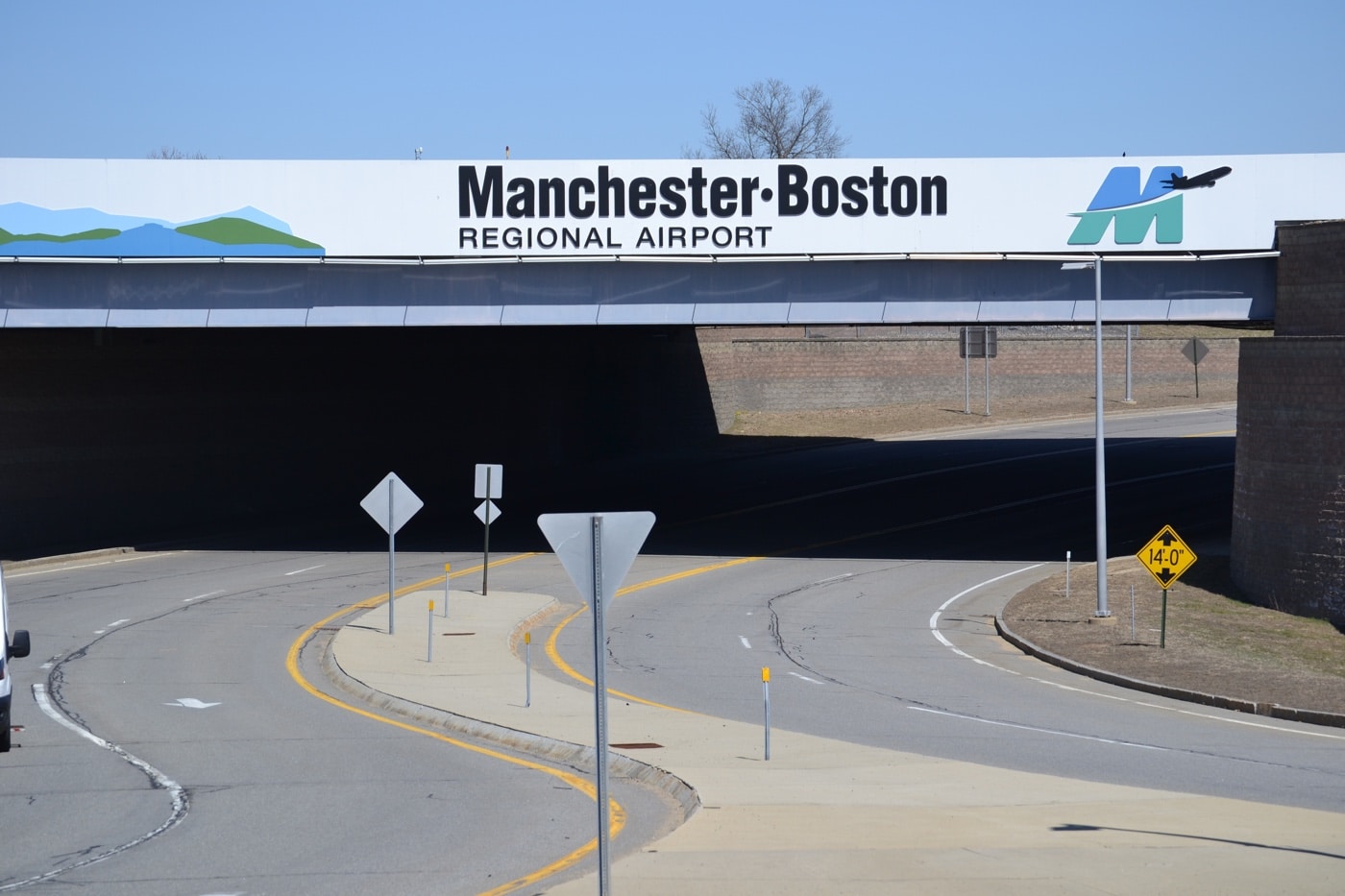
I pack a handgun, magazines and defensive ammunition in the required hard-sided lockable case. Never use TSA locks; TSA locks are less durable than a standard padlock, and it is surprisingly easy for people who have no connection to TSA to get copies of the master keys. The TSA rules are clear:
“Only the passenger should retain the key or combination to the lock unless TSA personnel request the key to open the firearm container to ensure compliance with TSA regulations. You may use any brand or type of lock to secure your firearm case, including TSA-recognized locks.”
This is where the printed rules can help. Many airline employees are unaware that ammunition, if packed properly, can be transported in the same case as a gun, subject to an 11-lb. limit. Some don’t know that regular locks are allowed on gun cases — I have been questioned about non-TSA locks. While not required, I place a cable lock on each pistol, which seems to help assuage concerns from airline employees. Most airlines will allow more than one gun in each locked case. When the gun shows up on the X-ray, the cable lock provides visual confirmation that the pistol is unloaded. On the vast majority of flights, once TSA sees the cable lock on the X-ray, they won’t even ask for the case to be unlocked.
Attaching luggage tags with my name and cell phone number to the cable lock and the outside of the gun case has proven useful more than once. And because redundancy is a good thing … I place luggage tags on the inside and outside of the unlocked soft-sided luggage that will carry my hard-sided, locked Pelican case.
Place the gun case into the suitcase so that it is on the bottom when the suitcase is standing upright. This prevents the heavy gun case from dropping down and bunching up in clothing; when the case gets tangled in clothing, your check in will take much longer.
Be Prepared
Each airport has different TSA procedures. If the checked bag containing your firearm is placed on the belt, be prepared to wait around for a few minutes in case you are called to unlock the case. In some airports, after checking in, you will be escorted to TSA and they will X-ray your bag. They may or not ask you for the key; and if they do, the case will be inspected while you watch from behind glass. When TSA asks to hand inspect your case, you will come to value the simplicity of a key, instead of a combination lock.

In rare instances, TSA and/or airline employees will break into a gun case and then call the passenger instead of calling the passenger first to ask for the case to be unlocked. To prevent trip interruption, pack enough spare padlocks to relock the case as well as a spare cable lock for the pistol. TSA requires a lock on every locking point and the locks must fit tightly enough so that the case cannot be opened — even a little bit.
Bulk or loose ammunition is always prohibited, re-pack it in empty ammunition boxes or a plastic MTM box. In case an airline or TSA employee objects to the unmarked MTM boxes, show them the TSA rules that say “ammunition must be packaged in a fiber (such as cardboard), wood, plastic, or metal box specifically designed to carry ammunition and declared to your airline.”
Don’t Do This …
Never attempt to transport loaded magazines. A few airlines and TSA say it can be done if the magazine “completely encloses the ammunition”. Whether or not a magazine completely encloses the ammunition will be decided by the subjective opinions of airline employees or local TSA agents. The fastest way to quickly check in a gun and ammunition is to keep the ammunition in boxes, not magazines.
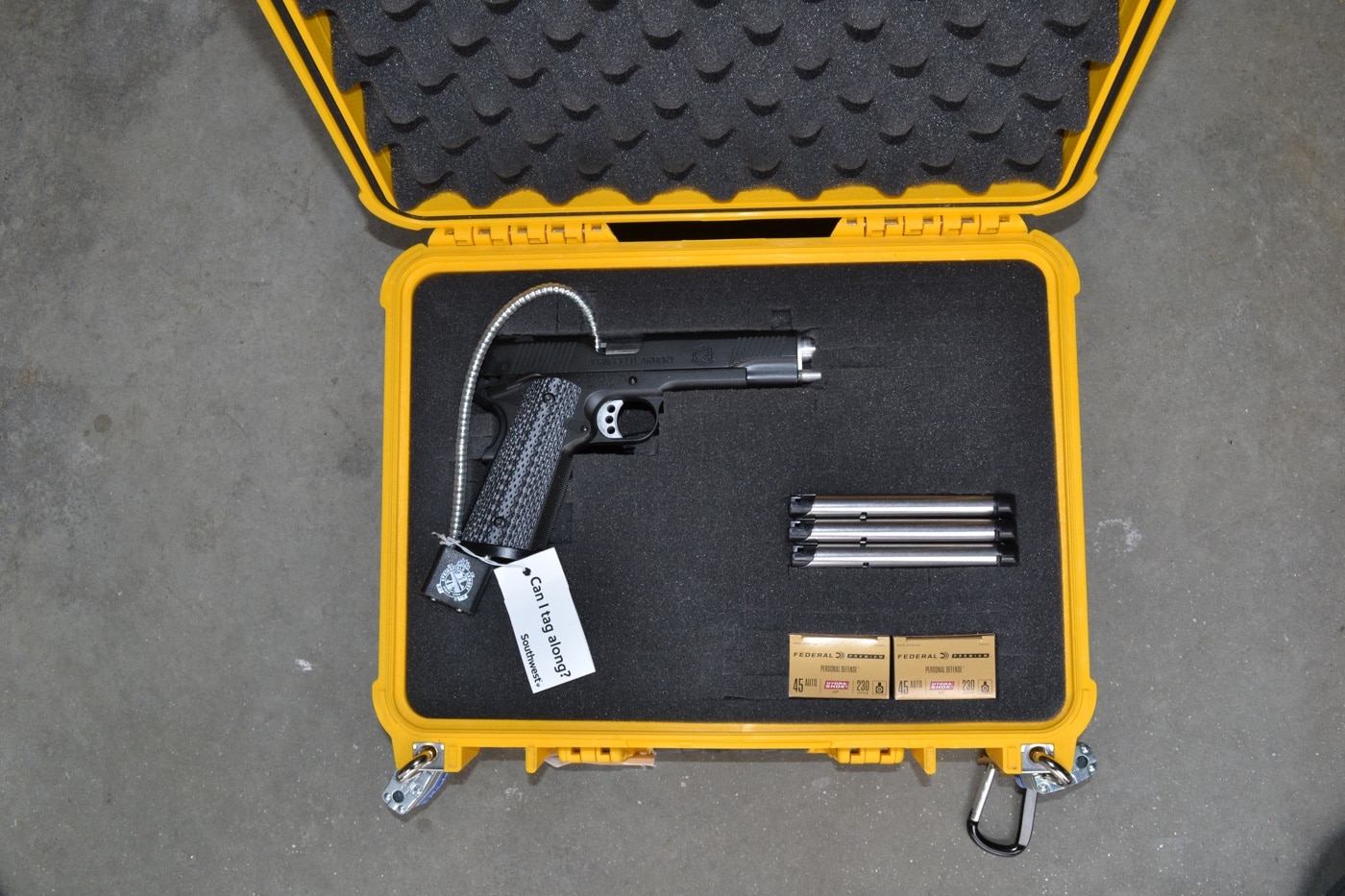
TSA rules say: “…magazines and ammunition clips, whether loaded or empty, must be securely boxed or included within a hard-sided case containing an unloaded firearm.”
Like many government rules, the term “securely boxed” is not defined. Dropping magazines into a suitcase mixed with clothing and toiletries is not a good idea. Pack magazines with your firearm or, if you have too many to fit with your pistol, pack the extra magazines in another locked hard-sided case.
Do Not Pass Go …
When you arrive at the airport, go straight to the ticket counter inside the terminal and tell the agent you want to declare a firearm. They will give you a firearms declaration tag; fill it in — your signature affirms the gun is unloaded. Airline practices for confirming a gun is unloaded are inconsistent at best; don’t be surprised if you are asked to show an unloaded gun.
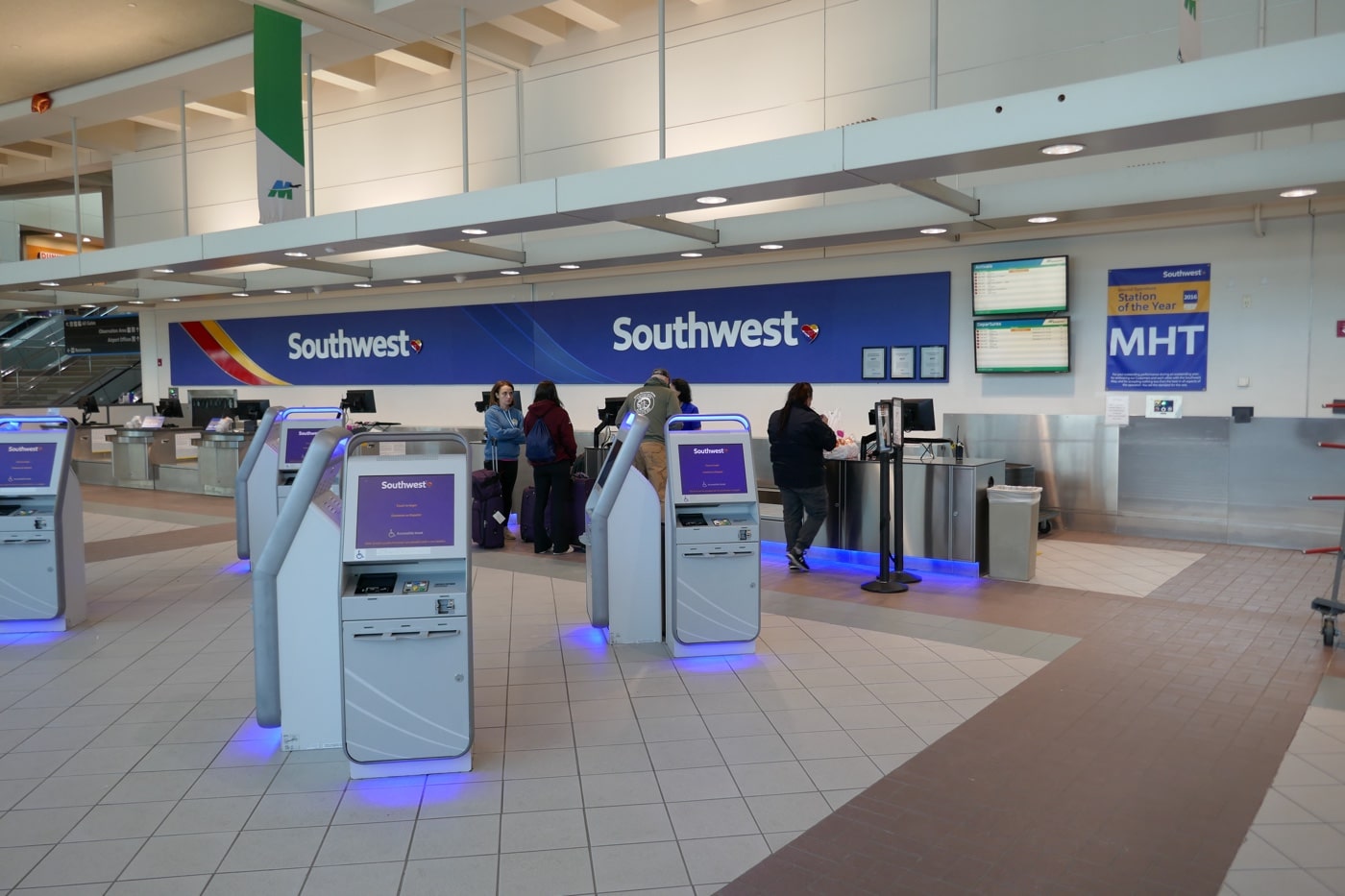
If the gun case is checked as a piece of luggage, the tag goes inside the case (which cannot be marked as containing a firearm). If the locked gun case is packed inside another piece of luggage (which I strongly recommend), the tag will be taped to the outside of the gun case — it’s a good idea to take a picture of the tag to guard against claims that you failed to declare a firearm.
I recommend using a bright-colored case in a larger size than needed and “decorating” the case with non-gun stickers — and even then, I place it in my suitcase with my clothes. Doing these things makes it harder to steal.
Pre-trip planning should also include what you will do when you arrive at your destination. Gun cases, checked as an individual bag, will not be placed with other bags for passengers to claim. The case will be hand carried to a special area of baggage claim and you will be forced to wait for it and show photo ID to claim it. You will then be walking through a rental car center and later, a hotel lobby, with what is obviously a gun case. No one needs to know you have a gun — place the gun case inside another piece of ordinary luggage.
It is good practice to have a plan on what you will do if a flight diverts to an airport in an anti-gun state like New York or New Jersey. Every gun owner must make their own informed decisions. A good place to start is to become familiar with 18 U.S. Code § 926A — Interstate transportation of firearms. Doing so will help you to form a plan before the start of your trip.
Conclusion
Prior planning for a flight involving a checked gun will make the process relatively trouble-free and enable you to carry your self-defense pistol wherever you might be legally able to.
Editor’s Note: Please be sure to check out The Armory Life Forum, where you can comment about our daily articles, as well as just talk guns and gear. Click the “Go To Forum Thread” link below to jump in!
Join the Discussion
Featured in this article
Continue Reading
Did you enjoy this article?

 108
108




